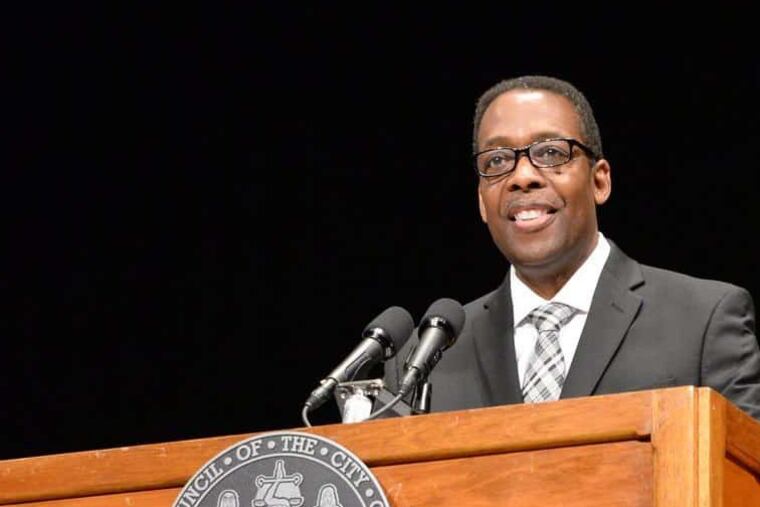Council’s Poverty Action Plan is a ‘moonshot.’ Philadelphia will need follow-through to achieve it. | Editorial
Believing that we can cut poverty by 25% is the kind of crazy we need in government. But it will take a lot more than optimism or a glossy brochure.

On Tuesday, surrounded by members of Council, the mayor, members of the state General Assembly, and private sector leaders, City Council President Darrell L. Clarke unveiled the Philadelphia Poverty Action Plan — a document outlining strategies to both increase income and reduce the cost of living for Philadelphians near or below the poverty line.
The plan starts with a concrete goal: lifting 100,000 Philadelphians out of poverty by 2024. “Call me crazy,” Clarke teased. “I’m just optimistic this will happen.”
Believing that we can cut poverty by 25% is the kind of crazy we need in government. But it will take a lot more than optimism or a glossy brochure of ideas. Council did that last year, almost to the day, when it released a report outlining best practices to alleviate poverty called Narrowing the Gap. The city has not reduced poverty in the year since, though last year’s report was the starting point of a process that led to Council’s current plan.
The Poverty Action Plan includes innovative ideas, such as guaranteeing basic incomes to some Philadelphians — as well as the expansion of existing efforts, such as a rent subsidy program and a job training stipend. The plan also outlines approaches to lobbying state government to increase the minimum wage, create a state earned-income tax credit, and restore general assistance, among other state initiatives. A promising element of the plan is the call to create a single application for all city, state, and federal benefits that would allow people to get all the help they qualify for — millions of unclaimed dollars that should get into the hands of Philadelphians.
Given the complexity of the poverty problem, it’s not cynical to wonder how this plan will differ from others, such as the 2013 effort by then-Mayor Michael Nutter to establish the Office of Economic Opportunity, tasked with slashing poverty. While $65 million was spent over five years, the poverty rate declined by roughly two points.
» READ MORE: Philly antipoverty office: Lack of clout, vision, and leadership
The plan released Tuesday is more a set of aspirations than a plan. Sound aspirations, to be sure, but success will rely on many things beyond Council’s or the mayor’s control, including a minimum wage hike, access to more state and federal benefits, and restoration of general assistance, which the state killed last year.
Council does get credit for identifying concrete goals — something that this board has called for many times in the past. Having concrete goals allows for evaluation and accountability. The plan calls for a Poverty Action Dashboard to allow experts outside of city government to measure the effort’s progress. And the plan will rely on public-private partnerships that will — and should — include the business community.
The big question — which remained unanswered Tuesday — is the price tag, and how many dollars Mayor Jim Kenney will commit. (Last year, Kenney pocket vetoed the wage tax credit that is part of Council’s new plan.)
Clarke has called reducing poverty a “moonshot.” Shooting for the moon is an admirable goal, but that will require building the right rocket — and we should know how much that will cost.